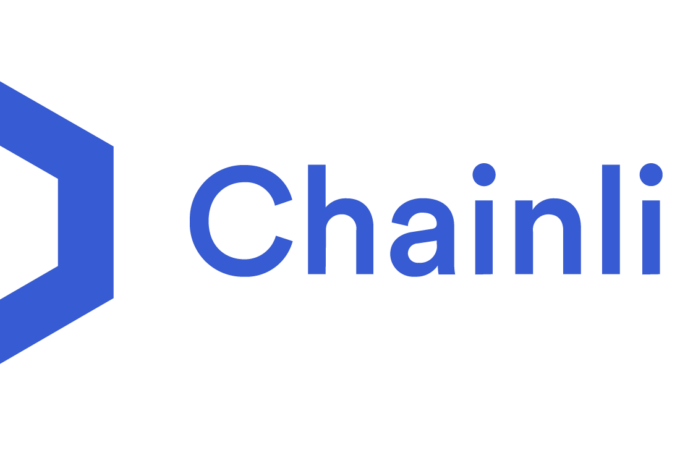
How Hackers Make Money from DDoS Attacks
By David Z. Morris for Fortune
Yesterday’s attack on the internet domain directory Dyn, which took major sites like Twitter and Paypal offline, was historic in scale. But the motivation for the attack may seem opaque, since no valuable information seems to have been stolen. A group called New World Hackers is claiming credit, but giving conflicting accounts of their motives—and security experts have called them “impostors.”
So why else might someone have done it? This class of hack, known as a distributed denial of service (DDoS) attack, has been around for a while. And while many DDoS attacks are indeed motivated by politics, revenge, or petty trolling, there’s frequently money involved.
For instance, DDoS attacks are often used as leverage for blackmail. Once a hacking group has a reputation for being able to field a large and dangerous botnet to knock servers offline, they can demand huge ‘protection’ payments from businesses afraid of facing their wrath. In fact, they don’t even have to do the hacking in the first place—in one recent case, someone posing as a notorious cabal merely emailed blackmail messages and managed to pocket tens of thousands of dollars before they were exposed.
In the current case, there are rumors that Dyn was a target of extortion attempts before the attack. And the hackers behind what may be the biggest DDoS attack in history could demand a pretty penny to leave other companies alone. A wave of impostors will likely give it a shot, too.
There’s another, even darker money-driven application of DDoS attacks—industrial sabotage. Companies seeking to undermine their competition can hire hackers to take the other guys offline. DDoS services are often contracted through so-called “booter” portals where anyone can hire a hacker’s botnet in increments as small as 15 minutes. Researchers found last year that three of the most prominent booter services at the time had over 6,000 subscribers in total, and had launched over 600,000 attacks. (And despite the criminal reputation of Bitcoin, by far the largest method used to pay for DDoS-for-hire was Paypal.)
But it’s unlikely that this was some sort of hit called in by a competitor of Dyn—that tactic seems to primarily appeal to already-shady dealers, including online gambling operations.
For more on security, watch our video.
Finally, DDoS attacks can serve as a kind of smokescreen for more directly lucrative crimes. While a security team is struggling to deal with an army of zombie DVRs pummeling their system, attackers can grab passwords, credit card numbers, or identity information.
In weighing possible explanations for Friday’s attack, it’s important to note the massive scale of the thing. Even if their claims of responsibility aren’t credible, New World Hackers’ description of about 1.2 terabits of data per second thrown at Dyn’s servers is both vaguely plausible and utterly mind-boggling. That’s around twice as powerful as the huge 620 gigabit per second attack that knocked out a single website, Krebs on Security, last month. Dyn has also described the attack as sophisticated, arriving in three separate waves that targeted different parts of their systems.
That kind of operation could have been pulled off by a gang of kids doing it for kicks—and maybe that’s the scarier scenario. But such a massive undertaking suggests bigger, and possibly more lucrative, motivations.
First appeared at Fortune





